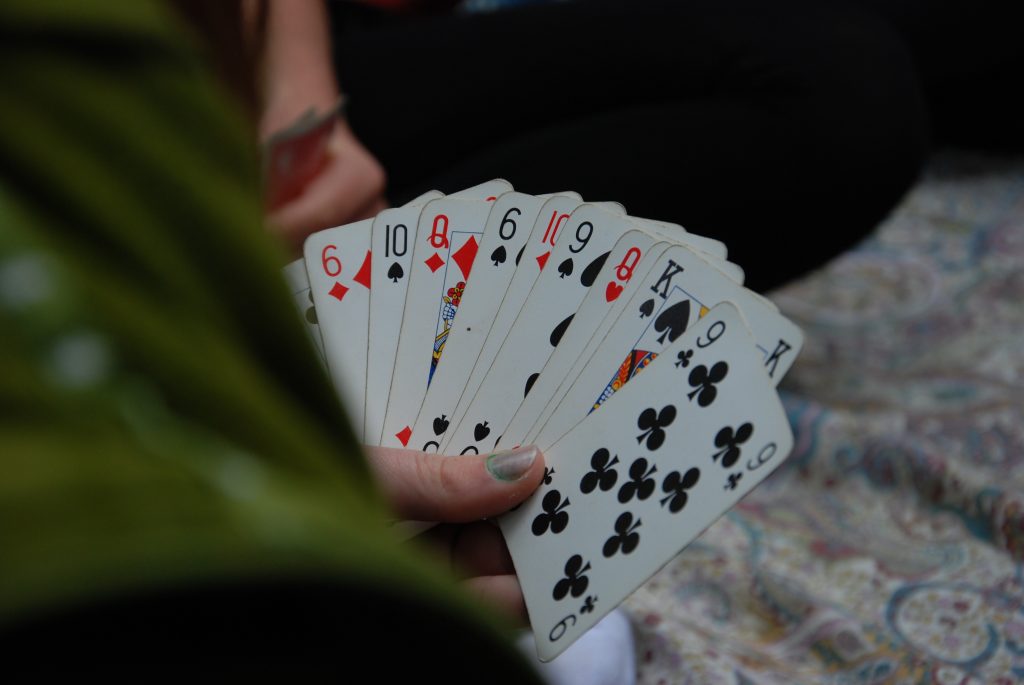Simultaneous pairs make for a fascinating way to play bridge. If you’ve ever wondered what the results of the same hand would be for other players, simultaneous pairs offers you the perfect chance to find out by having the same hands played by several different clubs.
Let’s Talk Simultaneous Pairs

Let’s Talk Simultaneous Pairs
by Alex J. Coyne © 2018
Simultaneous pairs make for a fascinating way to play bridge. If you’ve ever wondered what the results of the same hand would be for other players, simultaneous pairs offers you the perfect chance to find out by having the same hands played by several different clubs.
We tracked down Anna Gudge from ECatsBridge to tell us more.
Simultaneous Pairs
EcatsBridge (and simultaneous pairs) are run by business partners Anna Gudge and Mark Newton and their goal is “promoting real bridge in a virtual world.”
“Simultaneous pairs are events where the same hands are played in clubs on the same day,” says Gudge. “We rely on clubs not sharing information especially when it is a world event where play starts ‘down under’ in New Zealand and ends on the West coast of America.”
She says that all players are asked to respect security and to avoid publishing anything on their websites except for a straight ranking list until frequencies and hands are posted on the ECats website.
“We score any events that people want to organise, but we can also take over and do the complete organisation on their behalf if required to do so.”
The hands are computer-generated, sent to a commentator for analysis to be written, then the analyses is typed up, the website set up, the scoring is watched and any assistance provided – with results being published at the end of this process.
To be part of simultaneous pairs, she says that clubs need a scoring program that matches up with theirs and provides the right file format and, “We can help by providing a free program if needed.”
Any club can take part. “Depends who asks us to organise events, but it’s basically for clubs to take part in: Maybe a National Bridge Organisation will ask us to run an event, or a local district wanting to involve all their clubs.”
Some clubs, she says, might restrict the game to only club members – but in real-life terms, anyone can play the game.
If an organisation would like to run an event like this, Gudge says the process should start with getting in touch for some more information like details and costs.
“As for existing events, we’ll need the name of the club, the name of the local organiser, his/her email address, the name and email address (if different) of the person to send the hands to and, if there are printed booklets that they require, their postal address.”
What’s planned for the future? More bridge!
“Organisations can contact us and we can arrange to score inter-club or inter-district events as well as events for National Organizations. It’s fun and a great way to spend an evening.”
Also in the cards for simultaneous bridge are more planned charity events, including a regular yearly event in November to benefit Children in Need – and they’ve managed to raise more than £1,000,000 since the start of the charity event in 2002.








